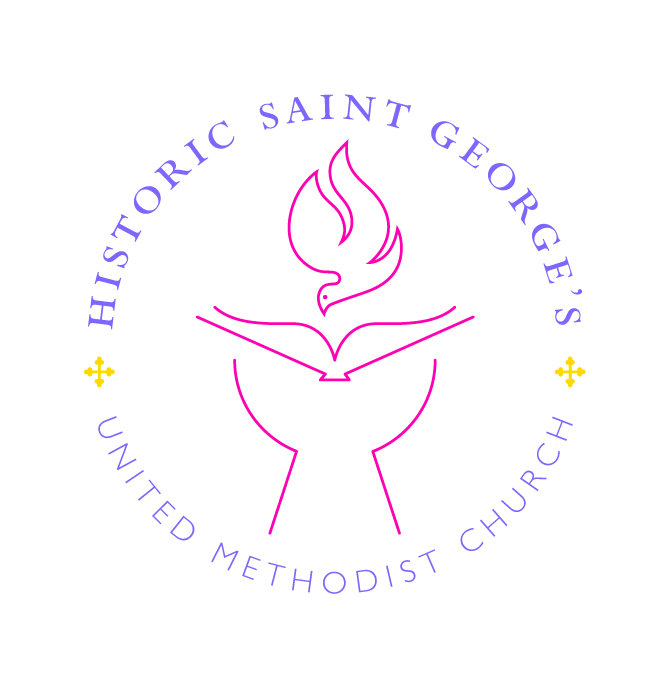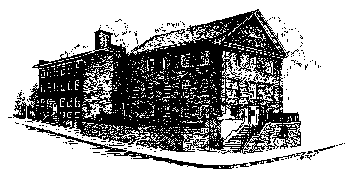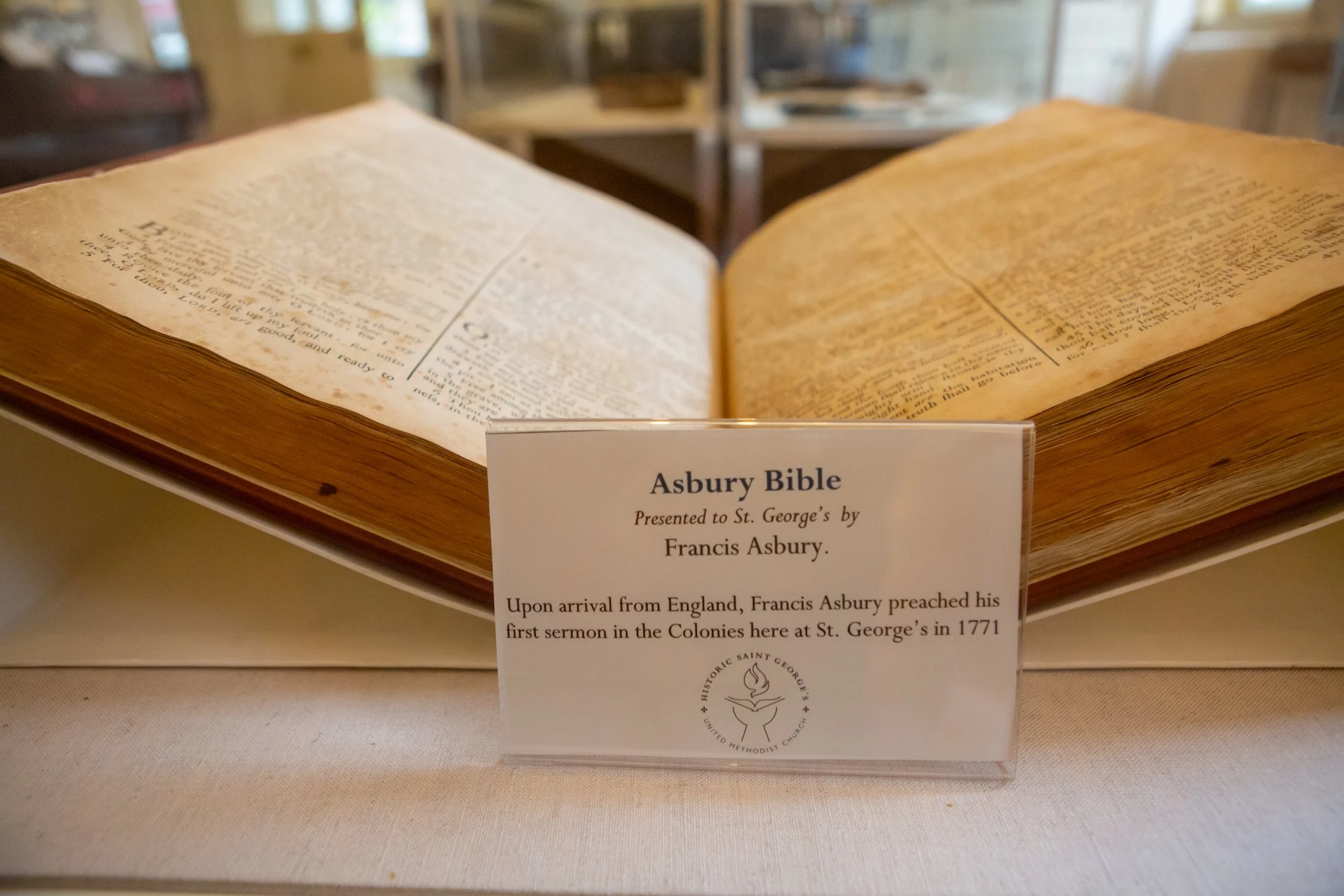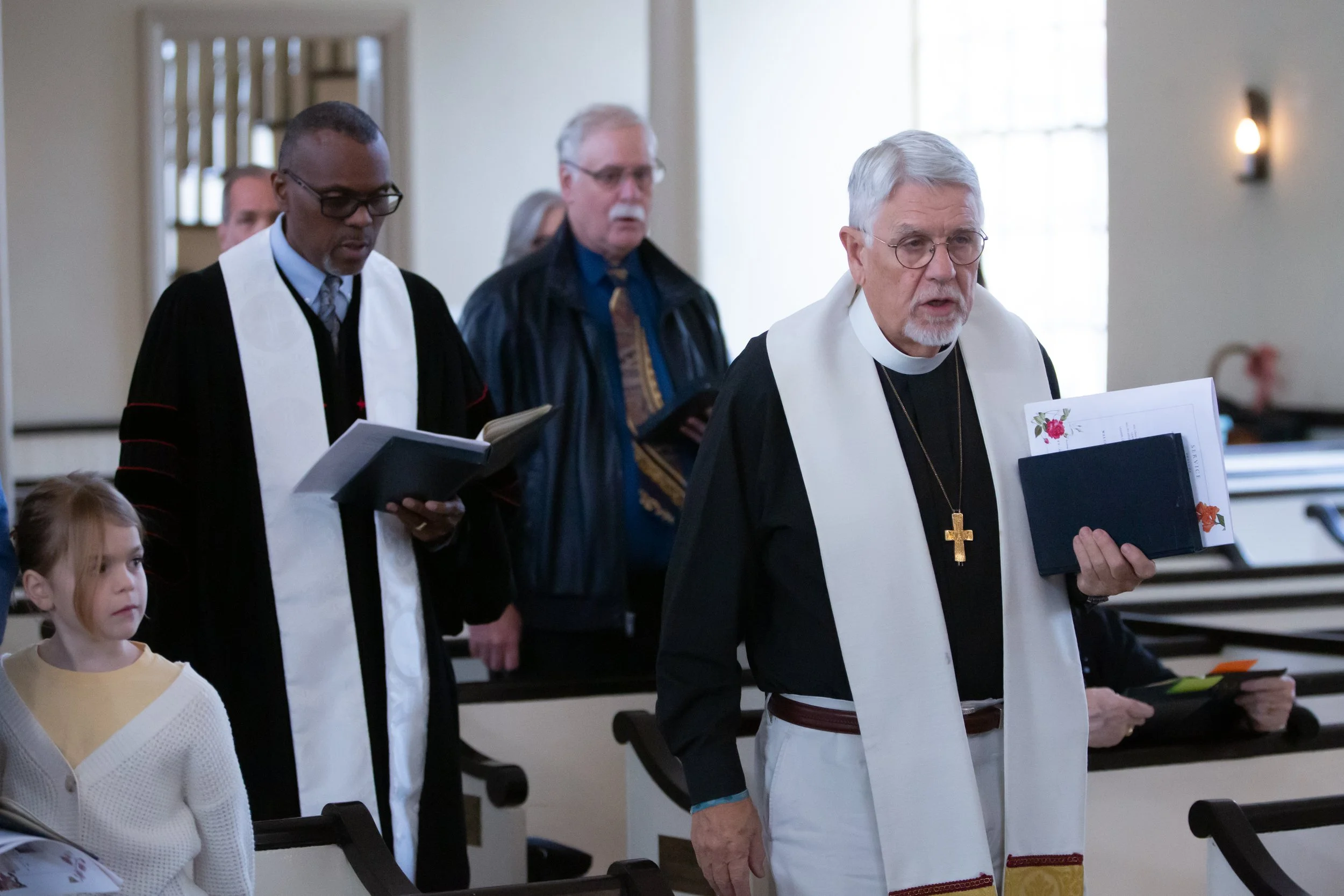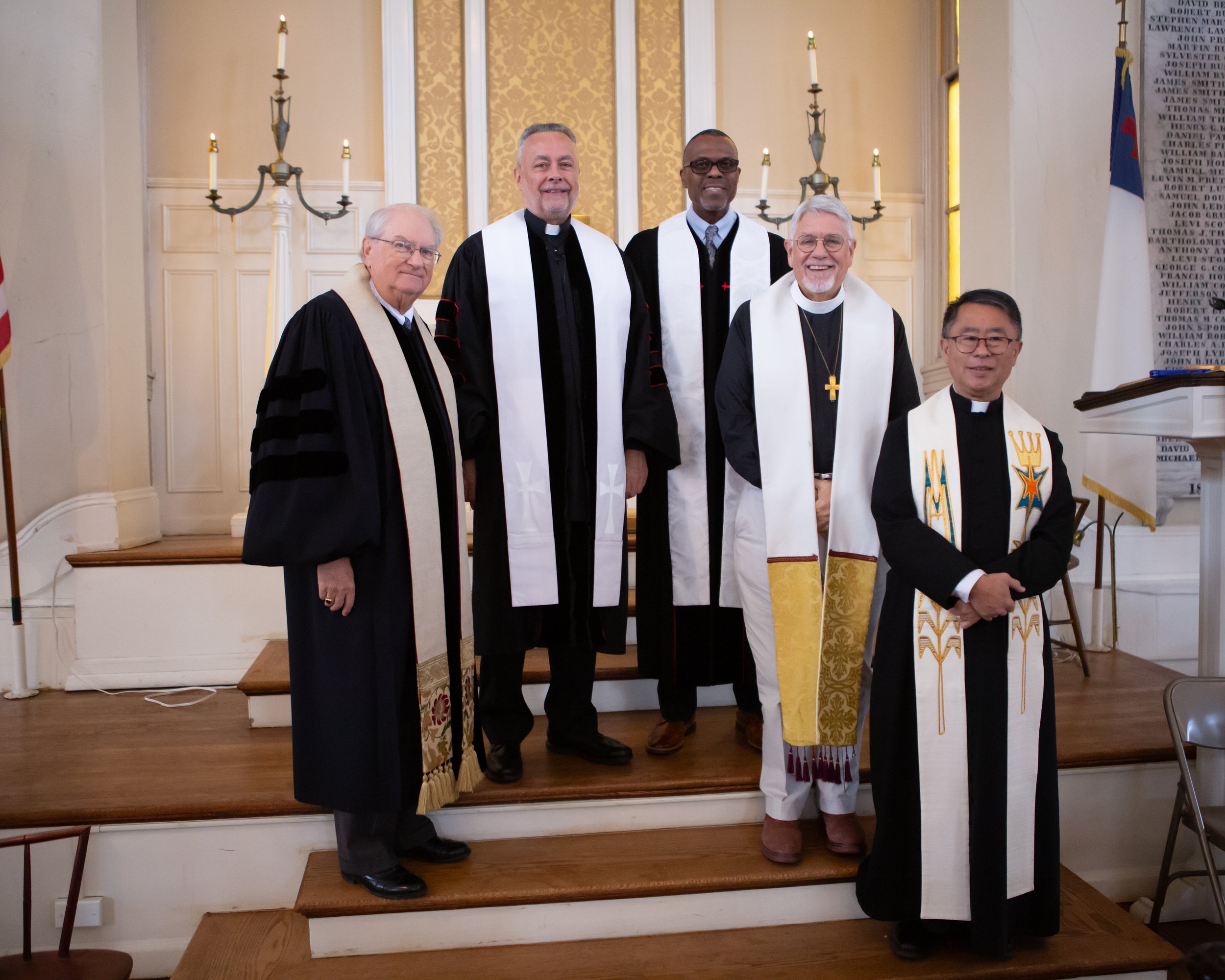Our Story
History in the Making
Historic St. George’s in Philly has been around since before the Revolutionary War but this place is more than a museum with artifacts from John Wesley and Francis Asbury. United Methodists of today come to learn about the founding fathers of the denomination in America within the walls where it all started. This landmark is one of the sites every United Methodist should see.
HSG is a church that is looking to the future and we are committed to healing each other from the sins of racism and discrimination. We teach from the Gospel with a message of inclusiveness. Everyone is welcome! HSG is history in the making.
A Brief History
Historic St. George's United Methodist Church is the oldest house of Methodist worship in continuous use in America. In 1767, Captain Thomas Webb, a veteran of the French and Indian War, organized a Methodist Society in Philadelphia. Two years later, the Society bought St. George's Church. The church had been built in 1763 as a Dutch Reformed Church, but was auctioned when the church was unable to borrow enough money to complete the structure.
A number of "firsts" are associated with Historic St. George's UM Church. In December 1769, Joseph Pilmore (one of Wesley's first missionaries to America) made the first public statement in America of Methodist principles and beliefs. A few days later, he held the first prayer meeting in America in the St. George's sanctuary.
The following year, on November 1, 1770, the first Watch Night service in America was held in St. George's, and a year later, Francis Asbury preached his first American sermon at St. George's.
In 1773, 1774, and 1775, St. George's hosted the first three conferences of Methodist preachers in America. Several years later, on November 7, 1784, Thomas Coke used the St. George's pulpit to publicly explain John Wesley's plan for a new American denomination, just prior to his meeting with Francis Asbury at Barratt's Chapel.
In 1789, the new Methodist Episcopal Church organized its publishing arm, then called the Methodist Book Concern, at St. George's Church.
Richard Allen and Absalom Jones became the first African Americans granted preaching licenses by the Methodist Episcopal Church. They were licensed by St. George's Church in 1784. Three years later, protesting racial discrimination, Allen led most of the black members out of St. George's; eventually they founded the African Methodist Episcopal denomination. Absalom Jones became an Episcopal priest.
Francis Asbury called St. George's "The Cathedral Church of American Methodism." When purchased, the building had four brick walls, a roof, and a dirt floor. The walls were plastered in 1784 and the wooden floor laid shortly after the Revolutionary War. Altar candelabra and other appointments from the 1790s are still used regularly.
Points of interest at this Heritage Landmark:
Many features of the sanctuary date from the late eighteenth and early nineteenth centuries.
The church also maintains a museum which displays such items as the communion chalice sent by John Wesley to Francis Asbury in 1785; the manuscript journal of Joseph Pilmoor, St. George's first pastor and Wesley's missionary to America; Wesley's handwritten hymnal; and some personal effects of Francis Asbury.
Sources:
Charles W. Ferguson, Organizing to Beat the Devil; Methodists and the Making of America (Garden City, NY: Doubleday, 1971).
Jesse Lee, A Short History of the Methodists (Rutland, VT: Academy Books, 1974; originally published in 1810).
255th Anniversary Celebration
On November 24, 2024 Historic St. George’s celebrated 255 years of continuous worship. 255 years ago, on November 24th, the day after the church property was purchased, Rev. Joseph Pilmore gave the first sermon inside the shell of St. George’s to 100 Methodist worshipers.
